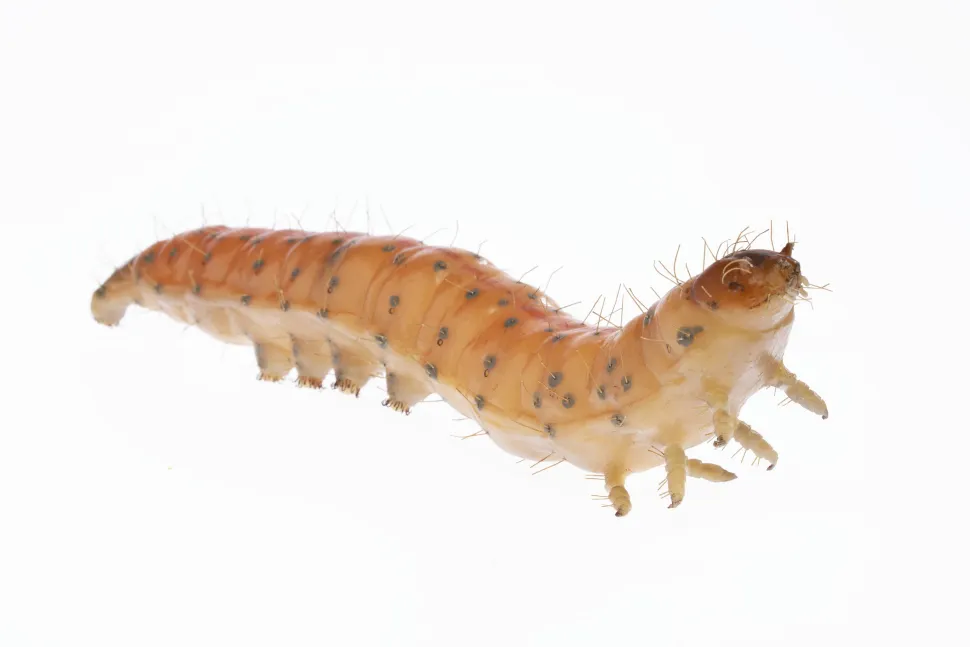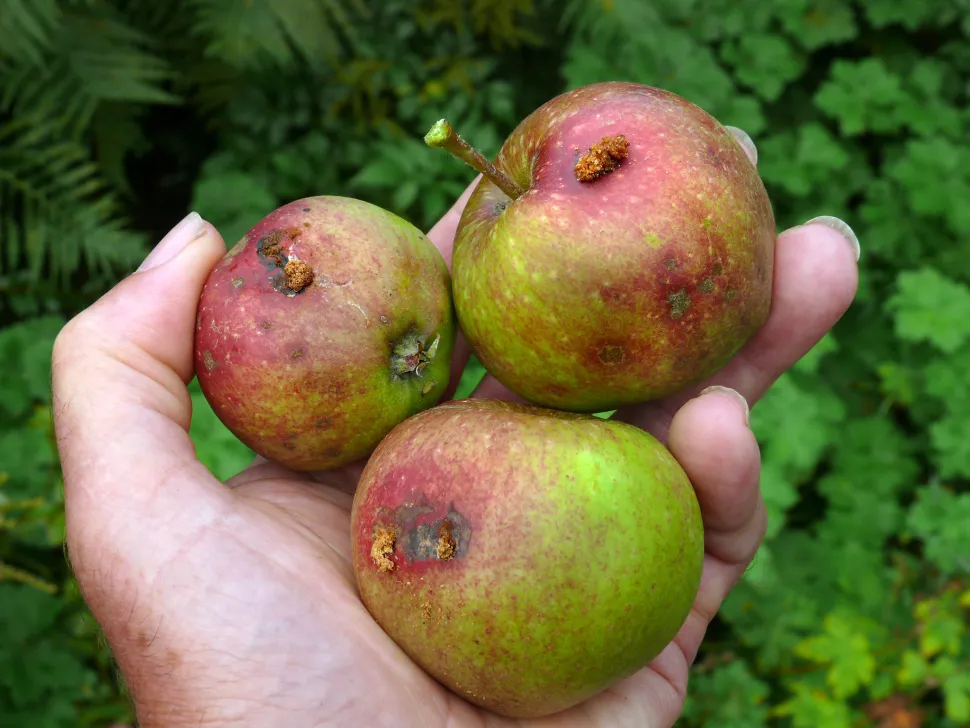Codling moth: description, procedures and treatments
The codling moth, in Latin Cydia Pomonella, is a lepidopteran insect of the Tortricidae family. As an adult, it is a butterfly between nine and twelve millimeters long. Its almost two-centimetre wings are brown and grey. Their tips are tinged with bronze.
The transparent, slightly flattened eggs measure between one and two millimeters in diameter.
The newly hatched larvae are cream-colored and up to three millimeters long. They have a black head capsule. At maturity, they reach a length of twelve to twenty millimeters. They retain their capsule and are cream or pink in color.
Contributing factors
Codling moth primarily targets apple and pear trees. But it also attacks walnut, plum, chestnut, quince and sometimes peach and apricot.
The larvae hibernate in a whitish cocoon, sheltered in a hole in the tree bark. In spring, stimulated by rising temperatures, they metamorphose.
The caterpillars transform into chrysalises before becoming butterflies. If the climate is mild, two to three generations of codling moths can develop in a single year.
How it works
Codling moths are dangerous to crops when they are only two-millimeter-long larvae. It enters the apple where it touches a leaf or another apple. The insect digs a spiral-shaped gallery, deposits droppings and heads for the heart of the fruit. Once it has completed its development, the larva leaves the fruit.
Unlike the colorado beetle, the codling moth is not interested in foliage. It feeds mainly on seeds.
Symptoms
An apple invaded by codling moth has one or more holes with gnawed edges. It falls over and rots prematurely.
Codling moth then causes secondary rot, making the crop difficult to preserve or market.
But fruit visited by codling moth remains edible. Simply remove the areas that have been attacked by the pest.
Treatment
Insect netting protects fruit trees from codling moth. Pheromone traps are also effective. These can be devices to glue males in spring, or strips of corrugated cardboard to trap larvae on the trunk.
Collecting and destroying worm-eaten fruit without delay stops the insect's reproduction cycle and proliferation.
You can attract chickadees and bats to your orchard. They are the codling moth's natural predators. All you need to do is install suitable nesting boxes.
Finally, you can opt for bagging to combat codling moth. To do this, wrap each fruit in kraft paper and close the bag around the branch with a rubber band. Remember to remove the protection a few days before harvesting to give the apples and pears time to color.









